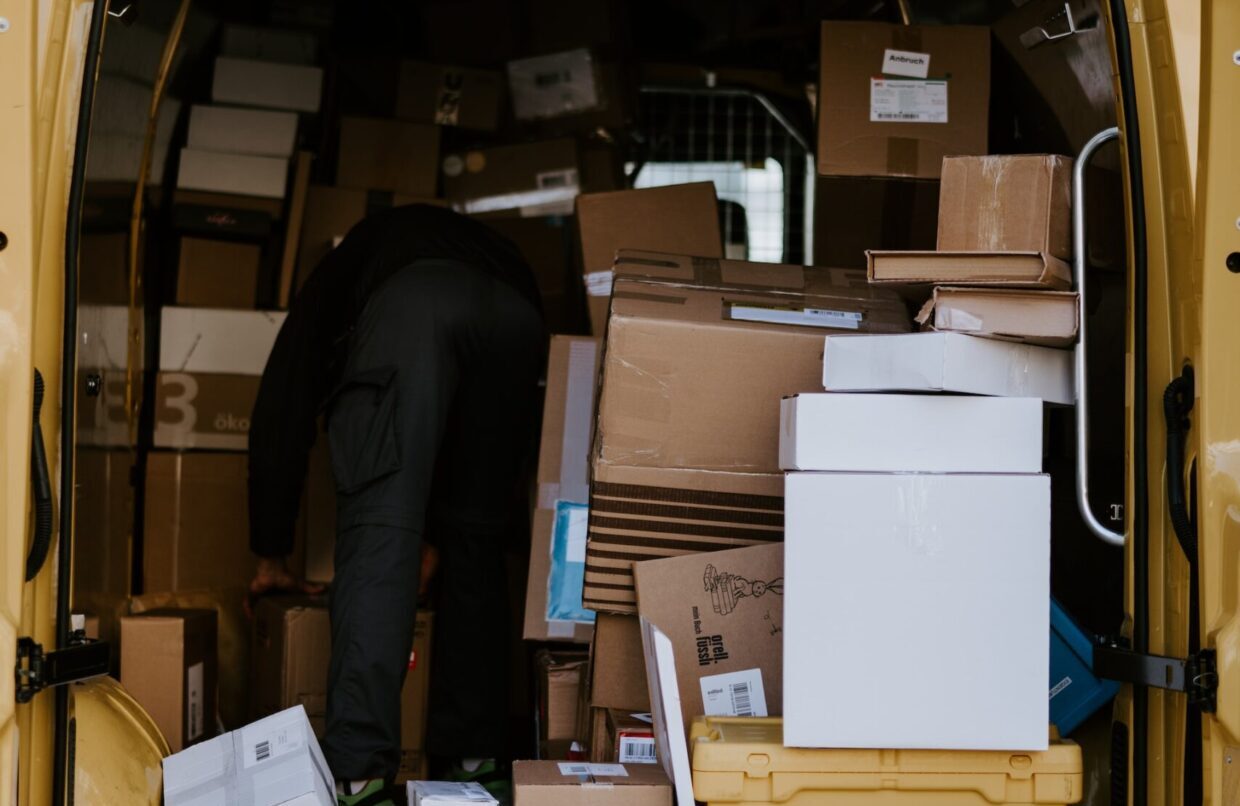Peak season boosts sales volumes, yet also brings about recurring shipping delays — a great big dent in your customer satisfaction score just waiting to happen. Do you just have to accept that greater sales success comes with greater chances for delayed delivery, or is there something that you can do to take back control?
According to a survey conducted by Ware2Go, an astounding 73% of US merchants expect higher holiday sales this year compared to previous years. Read on to discover how to meet the soaring demands of customers with ease without getting crushed by the consequences of delayed deliveries.
What causes peak season shipping delays?
Peak season shipping delays are a reality for all e-commerce businesses, including yours. The accompanying list of delivery delay causes is certainly long and intimidating, and shows that at the end of the day, it’s a game of demand, capability, and unforeseen circumstances. Therefore, if you don’t want to set your business up for peak season failure, you need to face this serious contender sooner rather than later. With the right approach and proactive measures, you can prepare your e-commerce business to tackle any delay challenges that come your way.
How to deal with peak season shipping delays
When you want to adjust shipping timelines to manage peak season delays, you need visibility of the entire process to continuously improve supply chain management as well as faster resolutions to get packages where they need to go even when issues arise.
The whole idea sounds amazing, right? Now, you just need to get there. Let’s be proactive in managing peak shipping delays and learn how to make tweaks that will have a big impact on your business efficiency now and in the long term.
Streamline your order processing to minimize delays
Shipping delays can be initiated from the earliest stages. Minimize these unnecessary delays with custom picking and packing during order processing, ensuring accurate and tailored handling of products. This could mean utilizing barcode scanning technology and smart sorting strategies to improve accuracy and speed.
Automating your shipping processes reduces manual errors and saves you time and effort, ensuring timely deliveries. Setting up automation rules based on your orders’ attributes allows you to prioritize certain shipping methods. Implementing address verification automation helps minimize returns and ensures accurate deliveries, while automated notifications keep customers informed about any delays and manage their expectations.
Unlock the potential of multi-carrier capabilities
Multi-carrier refers to the ability to work with multiple carriers or shipping providers — your trump card to manage delays and navigate peak season surcharges. By having access to a wide range of carriers during a peak season, your e-commerce business can:
- Increase the chances of finding available capacity.
- Distribute shipments across different carriers to avoid delays caused by carrier-specific issues.
- Utilize service points to reduce carriers’ workload and guarantee on-time arrival of a parcel to be picked up by the customer.
- Leverage regional carriers or local delivery services to bypass congested hubs.
- Offer premium shipping options to customers who need urgent deliveries.
Multi-carrier parcel management sounds pretty good, but how do you choose the best carrier for your situation? The answer: Data analysis. Essentially, this helps businesses to compare courier performance. In this way, you can determine the most reliable and cost-effective option for shipping. Identifying patterns in the data also enables you to anticipate delays and disruptions, allowing for better planning.
How to inform customers about delivery delays
Encouraging customers to place orders within a specific timeframe is crucial to ensure timely order fulfillment. When setting deadlines for orders, the focus should be on meeting customer demand while considering supplier capabilities. Providing prompt information on shipping and holiday delivery estimates keeps customers informed and allows them to plan accordingly.
Clear communication builds trust and reduces customer anxiety during peak shipping season. But the question remains: how to inform customers about delivery delays efficiently? By providing regular updates on order status and estimated delivery times. You can use a dedicated shipping delay email template that you enrich with real-time automatic notifications. This will not only reassure your customer but also reduce requests to your support team.
Find the right tools to navigate peak shipping season
The process is as simple as you want it to be, if you have the right tools. With more than enough options to choose from to address shipping delays during peak season, the challenge is to find tailored solutions that solve your specific peak season headaches.
To navigate peak season successfully, accurate forecasting of demand through historical data analysis, timely delivery through supplier collaboration, preparedness with standard operating procedures, and effective communication with customers and suppliers are crucial.
But who has the time to optimize the entire shipping process themselves? Luckily, you have options. Take advantage of features like data analytics, tracking, and shipping automation today. Get in touch with us to find out more.

















